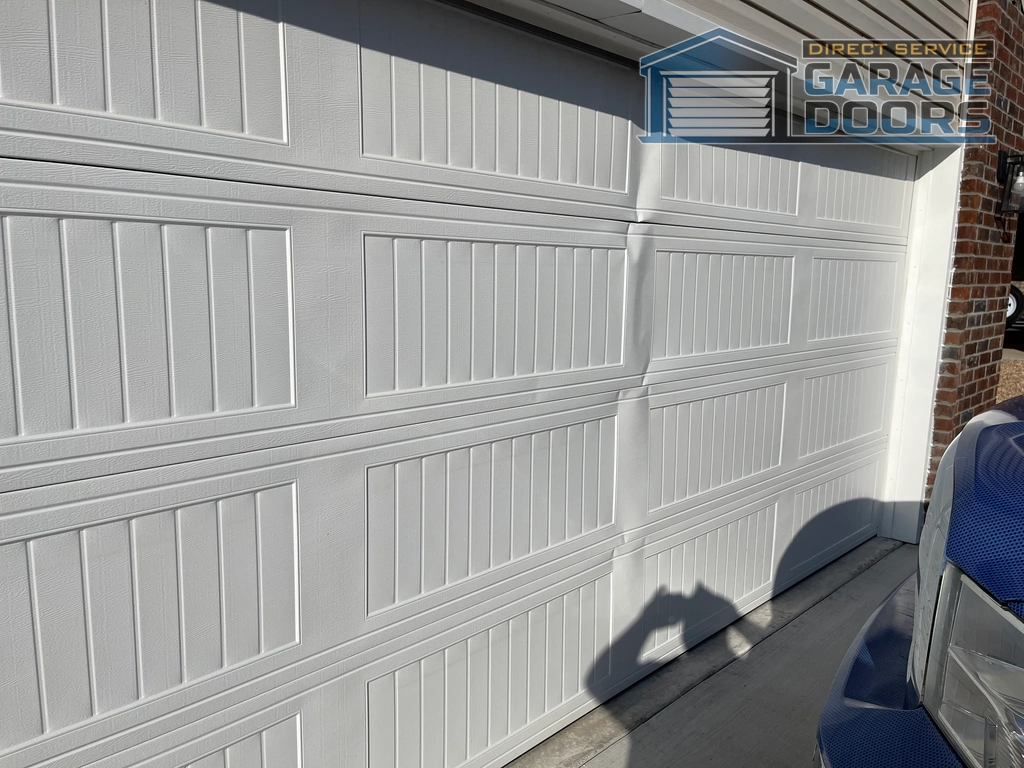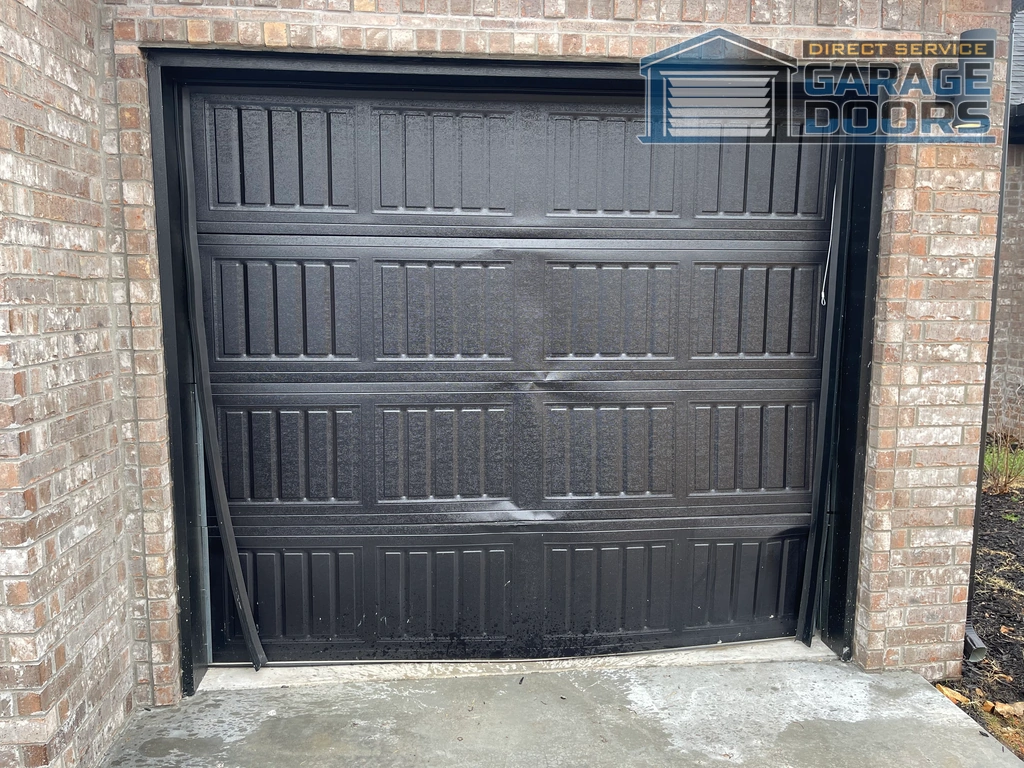
Ensuring that your garage door functions smoothly is essential for homeowners. Understanding the variety of mechanisms at play in your garage door system is key for making informed decisions about maintenance and repairs.
There are several overhead configurations of garage door spring mechanisms, including standard torsion springs, early set torsion springs, steel rolling door torsion springs, and mini-torsion springs.
Each type comes with its own set of unique characteristics and functions, so it’s crucial to identify which one is most suitable for your garage door. When it comes to torsion spring replacement, knowing the differences between extension and torsion springs, as well as the use of winding bars in overhead configurations, is essential.
Click here to learn more about: directserviceoverhead.com
Understanding Garage Door Spring Mechanisms
Garage door spring mechanisms are vital components that support the weight of the door as it moves up and down. They come in various types, ranging from standard residential options to commercial-grade solutions like Clopay EZSet and Wayne Dalton TorqueMaster system.
Recognizing the indicators signaling a necessary spring replacement is crucial in avoiding costly repairs later on.
It is also important to understand how to properly adjust torsion springs for optimal performance and to take necessary safety precautions while handling them to ensure the smooth functionality of your garage door.

Choosing the Right Torsion Spring Replacement
When it comes to replacing torsion springs for your garage door, it’s essential to thoroughly understand the different options available. Making an informed decision requires considering factors such as adjustment techniques, cycle life, and tensioning methods.
Evaluating whether the spring is part of a dual system or lefthand wound can also impact the replacement process significantly.
Proper installation and adjustment of the new torsion spring are crucial for ensuring the longevity and efficiency of your garage door.
Avoiding common mistakes during this process is key to preventing malfunctions and maintaining the safety of your garage door.
| Adjustment Techniques | Cycle Life | Tensioning Methods | Dual System or Lefthand Wound |
|---|---|---|---|
| Understanding different adjustment techniques is crucial for proper installation of torsion springs. | Evaluating cycle life helps determine the longevity of the spring and its efficiency. | Choosing the right tensioning method is essential for the functionality of the garage door. | Determining if the spring is part of a dual system or lefthand wound significantly impacts the replacement process. |
Deciphering Overhead Configurations: A Guide
Understanding the intricate components of garage door torsion springs is essential for maintaining the smooth operation and safety of your overhead configuration. These vital parts play a crucial role in the functionality of your garage door, and recognizing signs of wear or difficulty in operation is key.
Whether you are considering a conversion kit upgrade or choosing between righthand wound or galvanized springs made from oil-tempered materials, having a basic understanding is paramount.
Proper torsion spring adjustment ensures optimal performance and safety for your garage door sectional
Extension vs. Torsion: Unveiling the Differences
Garage door springs play a vital role in the functionality of your garage door, ensuring smooth operation and preventing safety hazards and inconveniences.
These crucial components, whether you use a repair kit or mounting brackets, are essential for the proper functioning of your garage door system.
When it comes to garage door springs, there are two main types: extension and torsion springs.
These two types differ significantly in terms of design, structure, and operating mechanisms, each with its own set of pros and cons.
One key difference between extension and torsion springs, whether you rely on torque calculations or color code, is their installation process.
Extension springs are usually easier to install and replace, making them a popular choice for DIY enthusiasts. On the other hand, torsion springs require more precision and balance testing during installation for optimal performance
Key Points About Garage Door Springs
- Extension springs are easier to install and replace than torsion springs
- Torsion springs require more precision and balance testing during installation
- Garage door springs ensure smooth operation and prevent safety hazards
- There are two main types of garage door springs: extension and torsion
The Role of Winding Bars in Maintenance
Regular maintenance of your garage door is crucial to keep it functioning smoothly and avoid the need for expensive repairs. A key component in this maintenance process is the use of winding bars, which are essential for spring care.
These bars serve the important purpose of manually adjusting and repairing the springs, allowing for safe and effective maintenance.
By utilizing winding bars during upkeep tasks, you can minimize the risk of accidents and injuries that may result from working with high-tension springs.
It is vital to adhere to proper procedures and safety measures when utilizing winding bars to prevent damage to your door or property.
Exploring Counterbalance Systems in Garage Doors
As homeowners, it is essential to be aware of the intricate mechanisms that keep our garage doors operating smoothly. The counterbalance system, a critical component in garage doors, is responsible for maintaining the necessary balance of weight and tension.
Proper understanding and maintenance of these systems are crucial for ensuring the safety and efficiency of your garage door.
Different types of counterbalance systems, such as extension springs and torsion springs, offer unique features and benefits.
Regular upkeep and troubleshooting can help address common issues like unbalanced symptoms, ensuring optimal performance
| Counterbalance System | Importance |
|---|---|
| Responsible for maintaining weight and tension balance | Ensures safety and efficiency of garage door |
| Types: extension springs and torsion springs | Offer unique features and benefits |
| Regular upkeep and troubleshooting | Address common issues like unbalanced symptoms |
From Standard Residential to Commercial Grade Solutions
Transitioning from standard residential to commercial grade solutions for garage door torsion springs requires a deep understanding of the distinct features and capabilities of each. These high-tension systems are precision-engineered to endure heavy usage and provide unmatched durability, especially in high-traffic settings like warehouses and parking facilities.
Corrosion-resistant components are often integrated into these solutions to guarantee long-lasting performance in various environmental conditions.
Safety precautions are paramount in commercial grade solutions, making adjustable systems a common feature to tailor the setup according to specific application requirements
Navigating the World of Clopay EZSet and Wayne Dalton TorqueMaster Systems
When considering the intricacies of garage door torsion systems, it is essential to delve into the distinctive characteristics and variations between two popular options in the market. Clopay EZSet and Wayne Dalton TorqueMaster Systems stand out for their unique attributes and benefits.
Featuring sturdy construction and custom fabrication, these systems offer unparalleled performance in terms of balance, calibration, and life expectancy.
Homeowners can trust in the smooth operation and durability of either system, provided they receive the proper maintenance and care.
By weighing the advantages and cost-efficiency of each system, individuals can confidently select the ideal garage door torsion system to suit their specific requirements.
The different types of garage door springs and how they work
Garage door track maintenance ensures smooth operation every time
